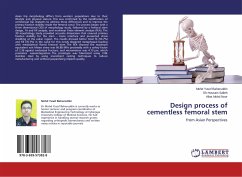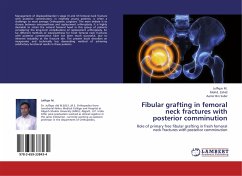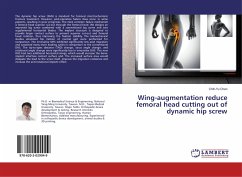Asian hip morphology differs from western populations due to their lifestyle and physical stature. This was confirmed by the modification of commercial hip implants to address these differences and to improve the primary fixation stability inside the femoral canal. The process began with a three dimensional (3D) of morphology study, followed by a femoral stem design, fit and fill analysis, and nonlinear finite element analysis (FEA). The 3D morphology study provided accurate dimensions that ensured primary fixation stability for the stem - bone interface and prevented stress shielding at the calcar region. The results showed better total fit (53.7%) and fill (76.7%) in the canal for this newly designed metaphyseal loading with mediolateral flared femoral stem. The FEA showed the maximum equivalent von Misses stress was 66.88 MPa proximally with a safety factor of 2.39 against endosteal fracture, and micromotion was 4.73 µm, which promotes osseointegration. The prototype was fabricated using 316L stainless steel by using investment casting techniques to reduce manufacturing cost without jeopardizing implant quality.
Hinweis: Dieser Artikel kann nur an eine deutsche Lieferadresse ausgeliefert werden.
Hinweis: Dieser Artikel kann nur an eine deutsche Lieferadresse ausgeliefert werden.








